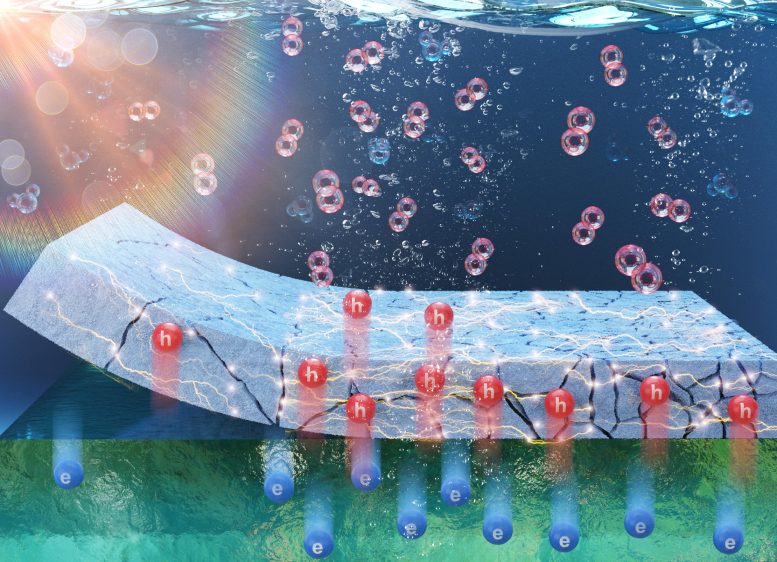
Highlighting a study on a mechanism of photoelectrochemical water splitting on Si photoanode passivated with TiOx layer with various defect density from the laboratories of Dr. Ansoon Kim at Korea Research Institute of Standards & Science (KRISS). Credit: Korea Research Institute of Standards and Science (KRISS)
KRISS showcased the carrier transport mechanism of a photoanode with a protective film to enhance the production of green hydrogen. This advancement can aid in achieving carbon-free green hydrogen production and artificial photosynthesis.
Hydrogen has recently been spotlighted as a clean and effective source of energy. But is it truly eco-friendly? Currently, the most prevalent type of hydrogen is “grey hydrogen,” which is derived from fossil fuels. Considering the greenhouse gas emissions generated during its production, grey hydrogen is not truly environmentally friendly. The age of “green hydrogen,” which doesn’t produce any carbon emissions, is still on the horizon.
The Korea Research Institute of Standards and Science (KRISS), under the leadership of President Hyun-min Park, has showcased a potential solution for the durable and efficient photoanode with protective film, which is instrumental in hydrogen production through solar-powered water splitting. This is expected to bring forward the era of environment-friendly “green hydrogen.”
Green hydrogen is produced without carbon emissions by using renewable energy sources. A representative method to produce green hydrogen is photoelectrochemical water splitting using a photoanode which is directly immersed in electrolytes and can absorb sunlight. As a result, the photoanode directly splits contacting water into hydrogen and oxygen using absorbed solar energy. However, as the photoanode is in direct contact with an electrolyte, it is prone to surface corrosion. Surface protective coatings were deposited on the surface to prevent surface corrosion.
Typically, oxide materials such as titanium dioxide (TiO2) are used as protective films for photoanodes. Although oxide materials are poor conductors of electricity, their conductivity can be modulated when oxygen defects, serving as a channel for charge transport, are formed. The key to extending the lifespan of photoanodes is to develop a protective film durable enough to prevent electrode corrosion and capable of maintaining optimal electrical conductivity.
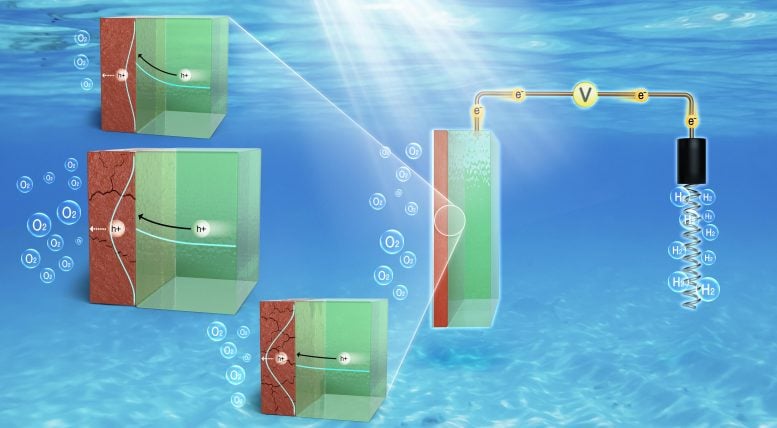
For the efficient PEC water splitting, it is crucial to balance two factors by systematically controlling the defect density in TiOx passivation layer of n-Si photoanode, which are (1) accessible density of state for carrier transportation in forbidden gap and (2) favorable interface energetics. Credit: Korea Research Institute of Standards and Science (KRISS)
KRISS has developed the world’s first technology for systematically modulating the levels of oxygen defects in a titanium dioxide (TiO2) protective film of photoanode to maximize hydrogen production efficiency. In order to explore the role of oxygen defects in the charge transfer mechanism, the research team determined the optimal levels of defects that maximize photoanode lifespan and hydrogen production by using X-ray photoelectron spectroscopy and electrochemical analysis
Unlike past studies that relied on spontaneously formed oxygen defects in the protective film during the manufacturing process, this research proposes a direct method of production that controls the levels of oxygen defects, enabling mass production. According to the experimental results, the photoanode without a protective film showed a rapid degradation in lifespan within an hour, causing the hydrogen production efficiency to fall below 20 % compared to the initial state. On the other hand, the photoanode with optimized protective film maintained a hydrogen production efficiency of over 85 % even after 100 hours.
This achievement has the potential to enhance the efficiency and lifespan of photoanodes and can be applied to other clean technologies that rely on photoanodes. The artificial photosynthesis technology that captures carbon dioxide and converts it to a chemical energy source using solar energy is one of the examples.
Dr. Ansoon Kim, a principal researcher at KRISS Interdisciplinary Materials Measurement Institute, said, “This approach can improve photoanode lifespan by approximately 10 times and significantly contribute to the commercialization of green hydrogen.”
KRISS plans to conduct further research to unveil the optimal levels of oxygen defects and underlying principles that maximize the lifespan of photoanodes.
Reference: “Role of defect density in the TiOx protective layer of the n-Si photoanode for efficient photoelectrochemical water splitting” by Songwoung Hong, Woo Lee, Yun Jeong Hwang, Seungwoo Song, Seungwook Choi, Hyun Rhu, Jeong Hyun Shimbe and Ansoon Kim, 13 January 2023, Journal of Materials Chemistry A.
DOI: 10.1039/D2TA07082K
The study was funded by the National Research Foundation of Korea.

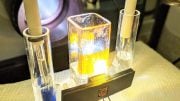

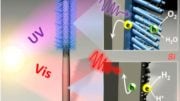
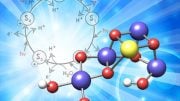

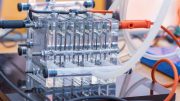
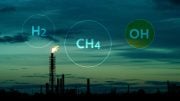
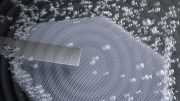
So when will they make breathable air from it for underwater habitats and space colonies?